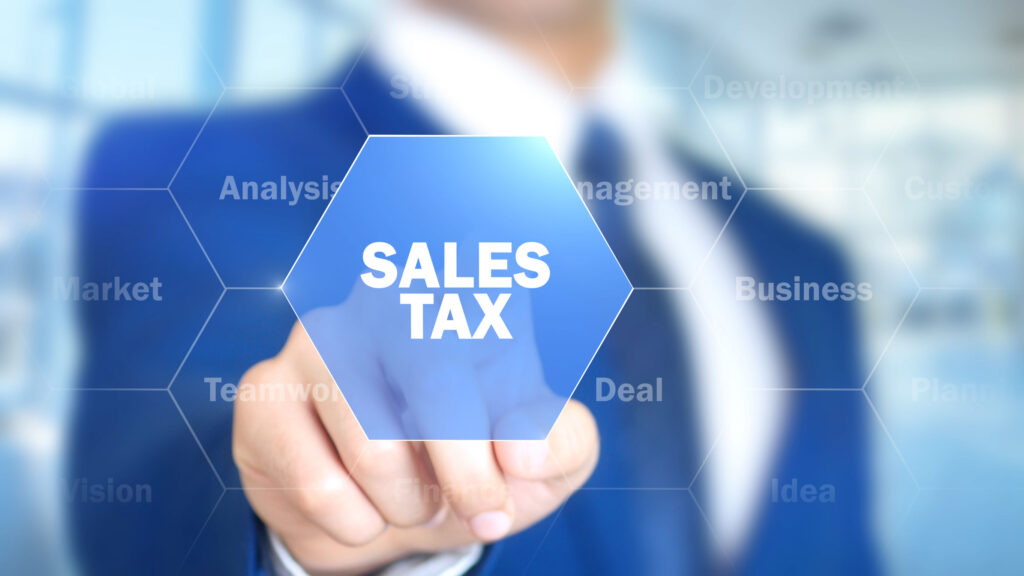Take Control of Your Inventory with These 5 Tips
If you aren’t careful, inventory control can easily slip into disarray. Every organization should have the right system in place to optimize its merchandising process. This can help you keep track of your products, better organize your inventory, provide accurate data and reports, and improve your warehouse efficiency. Best of all, inventory control does all that while increasing your revenue!
But inventory control only works if you put it to proper use. Let’s dig in on some best practices to help you optimize your warehouse.
What Does Inventory Control Do?
Inventory control tells you what’s currently in stock. It operates as part of your inventory management system. Inventory management handles things like purchasing, production, sales, and reporting while inventory control maintains and manages your stock.
Inventory control will tell you the condition and location of your products and determine when they arrive and leave the warehouse. Your inventory control system will detail not only how much of an item is available, but also when supplies are coming in or going out. This monitors and controls every item that comes in and out of your warehouse.
Inventory control, therefore:
- Improves loss prevention
- Optimizes inventory spaces
- Creates less over- or under-stocking
Now that you know the purpose inventory control serves, let’s take a look at some best practices.
1. Organize Your Floor Plan
You need to organize your warehouse in a way that makes sense. Place your most popular items near the shipping area to maximize efficiency and productivity. As supply and demand change over time, make sure to modify your floor plan accordingly.
2. Improve Your Efficiency With Clear Labels & Signage
When you have labels that clearly state where things are, your warehouse team will be able to find what they’re looking for quickly and easily. This creates more efficient fulfillment. Clearly (and concisely) label all of your racks, bins, and products. You can even use tools like labeling software, RFID systems, barcodes, inventory tags, scanners, and more that assist with real-time inventory control.
3. Utilize Cycle Counting
Counting everything all at once is an overwhelming task. Instead, use cycle counting where you count items in small sections according to a set cycle. This helps you effectively maintain inventory control and find mistakes quickly.
4. Implement A Warehouse Management System
A big cause of issues in the warehouse is human error. With warehouse management and an inventory control system, your team can easily track all of your items, reducing the potential for mistakes. These systems will include barcode scanners, tags, apps, and other tools that provide real-time tracking of your inventory. Your inventory will always be easily accessible within the systems you put in place.
5. Automate Your Inventory Control
When you automate your inventory control, you will greatly reduce the potential for human error and gain greater oversight into your stock. You’ll have more complete data, which leads to more productivity and revenue potential.
aACE can help you take full control of your inventory by giving you the means to track your products from the moment they enter the warehouse until they go out for shipment. You’ll get tools like barcode scanning, label making, reporting, data management, and other features to help you operate a more efficient warehouse.
Not only that — but automated inventory control will free up your staff for other projects, like landing new business. When things run more efficiently in the warehouse, more product can move out the door, and you’ll never run out of inventory.
Implement Inventory Management Software To Reduce Costs and Control Your Business
aACE business management software helps you manage your entire warehouse process from beginning to end. You’ll be able to plan more productively and accurately, which helps eliminate costly mistakes and reduces the need for excess inventory. Of course, inventory control is seamlessly integrated into the platform.
If you’re not yet convinced you need inventory control, consider the following:
- Without an organized warehouse and clear labeling, staff will spend more time searching for items, leading to more man-hours and expenses.
- When you aren’t consistently up-to-date on your stocks and what products or supplies you need to order, you’ll run into shortages or overstock issues.
- When your data isn’t reliable, you can’t accurately forecast your inventory.
- If there is a break in your supply chain, you won’t have a backup plan in place and your items may not go out on time.
All of these issues cause your operating costs to go up. Plus, your customers will notice the mistakes and will take their business elsewhere. But with efficient inventory control in place, you’ll have a backup plan for when problems arise, and will always be on top of your inventory.
Check out our feature highlights to see how aACE can streamline your business today!










